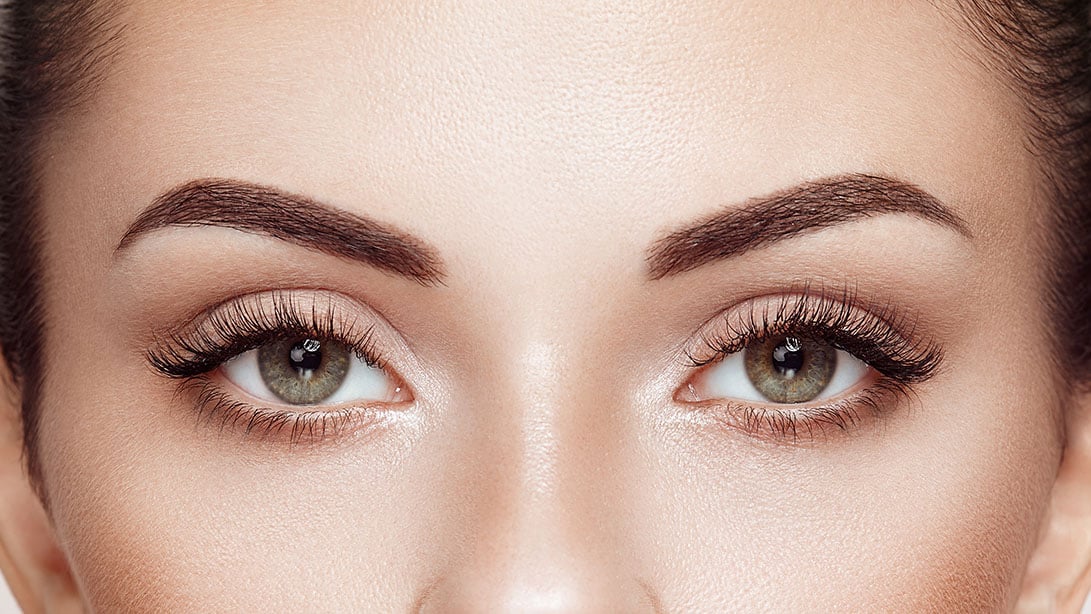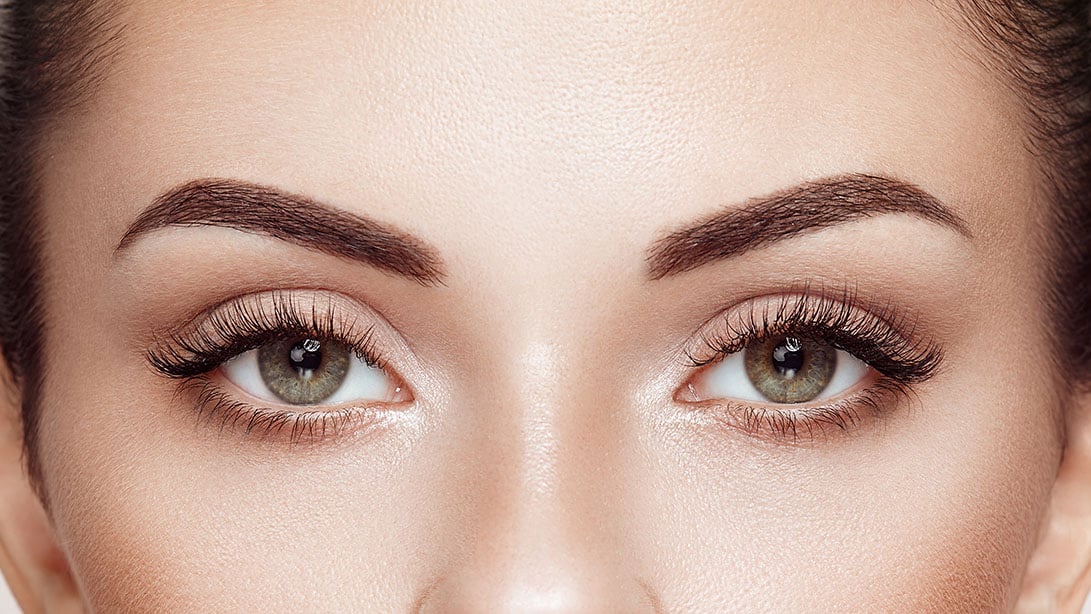A forehead lift, also known as a brow lift, is a popular cosmetic surgery designed to restore a more youthful appearance to the upper face by addressing sagging skin, forehead wrinkles, and drooping eyebrows. If you are considering this procedure, it’s essential to understand what’s involved and what to expect before going ahead with it. This guide outlines the key aspects of the procedure to help you make an informed decision.
What is a Forehead Lift?
A Forehead Lift in Dubai (شد الجبهة في دبي) is a surgical procedure that aims to smooth out wrinkles on the forehead and raise sagging brows. It is often performed to combat the natural aging process, which can cause the skin to lose elasticity and volume, leading to forehead lines and a tired appearance. This procedure can make a significant difference in the way a person looks, creating a refreshed and rejuvenated appearance by lifting the eyebrows and improving the contour of the upper face.\

Ideal Candidates for a Forehead Lift:
Not everyone is a suitable candidate for a forehead lift. Ideal candidates are generally in good health and have realistic expectations about the outcomes of the surgery. This procedure is especially beneficial for those who are bothered by the appearance of frown lines, heavy brows, or a sagging forehead. Candidates should also be non-smokers, as smoking can impair healing and increase the risk of complications.
Understanding the Procedure:
The forehead lift is typically performed under general anesthesia, ensuring the patient remains comfortable throughout the procedure. There are several surgical techniques used in this procedure, such as the classic, endoscopic, and hairline approach. The choice of technique depends on factors such as the patient’s anatomy and the surgeon’s recommendation. The procedure generally involves making incisions either along the hairline or within the scalp to lift the forehead and reposition the brows.
Recovery After a Forehead Lift:
Post-surgery recovery is an important aspect of the forehead lift process. While the exact recovery time may vary, most patients can expect to experience swelling and bruising for several days following the procedure. It is crucial to follow all post-operative instructions carefully, including avoiding strenuous activity, keeping the head elevated, and using cold compresses to minimize swelling. Full recovery may take several weeks, but most individuals can return to their regular activities within 10 to 14 days.
Potential Risks and Complications:
Like any surgery, a forehead lift carries some risks and potential complications. These can include infection, scarring, numbness, and asymmetry. In some cases, the results may not be as expected, and further surgical intervention may be required. It’s important to discuss all potential risks with your surgeon beforehand and have a clear understanding of the expected outcomes to avoid disappointment.
Long-Term Results of a Forehead Lift:
One of the main benefits of a forehead lift is its long-lasting results. While the aging process will continue, the effects of the surgery can last for many years. Most patients enjoy a more youthful appearance for about 10 to 15 years, depending on individual factors such as skin quality and lifestyle. However, it’s important to maintain a healthy skincare routine and avoid excessive sun exposure to preserve the results.
Alternatives to a Forehead Lift:
For those who are not ready to undergo surgery, there are non-surgical alternatives available. These include Botox injections, which can temporarily smooth forehead wrinkles and lift the eyebrows. While these treatments offer a less invasive option, the results are temporary, and they need to be repeated every few months. Another non-surgical approach is the use of fillers to address volume loss in the forehead area, providing a smoother appearance without surgery.
Conclusion:
orehead lift can be an excellent option for those looking to reverse the signs of aging in the upper face. Understanding the procedure, recovery process, and potential risks can help ensure that you are well-prepared and make the best decision for your aesthetic goals.

